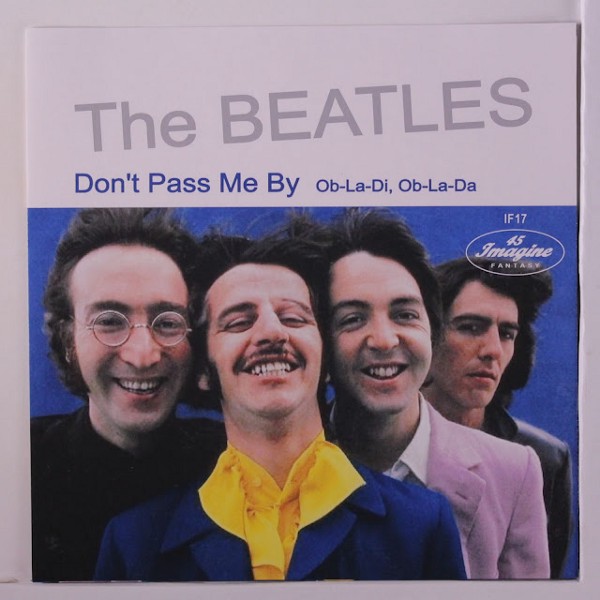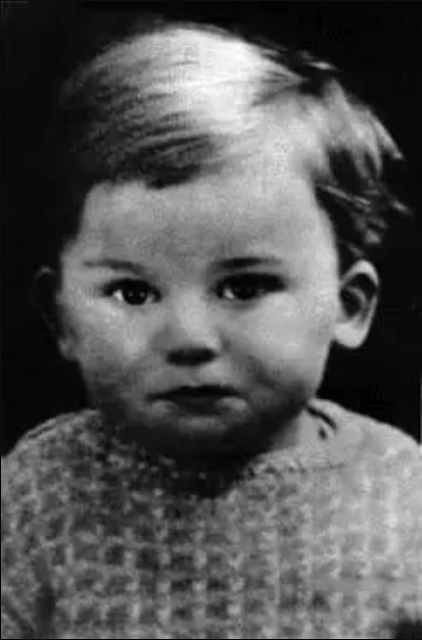Which Beatle had the most difficult childhood?
 |
Aunt Mimi’s house — Copyright Pernille Eriksen — reprinted here with permission — prints available |
Yet in the early days of their friendship what struck Paul was not John's emotional pain. It was his posh house.
Paul
For Paul, Mendips was a different social world - one in which an auntie was an aunt and the shelves were filled with books and artwork. Until this point all he had known were council houses.
In his own home their had been a fairly recent tragedy - his adored mother had died from a cancer that consumed her with brutal rapidity. In an age before grief counselling Paul and his brother were encouraged not to dwell on this misfortune
 |
The McCartney home — Copyright Pernille Eriksen — reprinted here with permission — prints available
|
In purely material terms, however, the McCartneys were seen as doing well. Their council house was a major upgrade on the 'slum' housing typical in the inner city.
George
George Harrison came from a similar social background to Paul - the 'getting by' working class. He spent his early childhood in small house with an outside toilet.
According to his elder brother, Harry, "Our little house was just two rooms up and two rooms down, but, except for a short period when our father was away at sea, we always knew the comfort and security of a very close-knit home life."
The deprivation of crowded accommodation - there were six sharing two bedrooms - was dramatically reduced in 1950 when the Harrisons also moved into a council house. George was also spared the trauma of losing a parent in childhood.
In some respects, however, George was more marked by his working class background than Paul. This was partly because he lacked his bandmate's social polish and aspirational drive.
 |
Harrison family home. Copyright Pernille Eriksen — reprinted here with permission — prints available |
He was also the youngest future Beatle - something - 'a bloody kid' according to John. This was more significant than his place in the social class hierarchy during the early years
George was only fourteen when he joined The Quarrymen. By this point he was already drifting out of school. Mimi strongly disapproved of him. She especially objected to his gauche social manners and - most of all - his strong Scouse (local) accent ('he's very dose, John).
Ringo
Ringo has always presented to the world as a naturally sunny sort, not someone to dwell on the bumps in his life's journey. This has masked a childhood of 'Dickensian misfortune' that made the others count their blessings.
 |
House where Ringo lived. Copyright Pernille Eriksen . Reprinted with permission — prints available |
The young Richard Starkey never made it to Mendips at this time - he first met the other Beatles much later in Hamburg. Had he done so, Aunt Mimi would no doubt have 'hidden the spoons', such was the notorious reputation of 'the Dingle', the area he came from.
Mimi would also have been startled by the young Starkey's physical appearance, which showed clear signs of his impoverishment and severe ill-health
Growing up in one of the roughest area of the city meant that Ringo quickly developed survival skills. 'You learned to keep your eyes down but still watch what was going on' he would later say.
An extended version of this post can be found here


